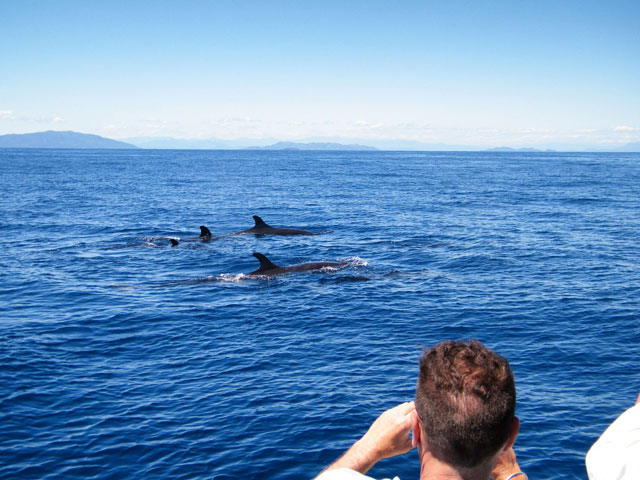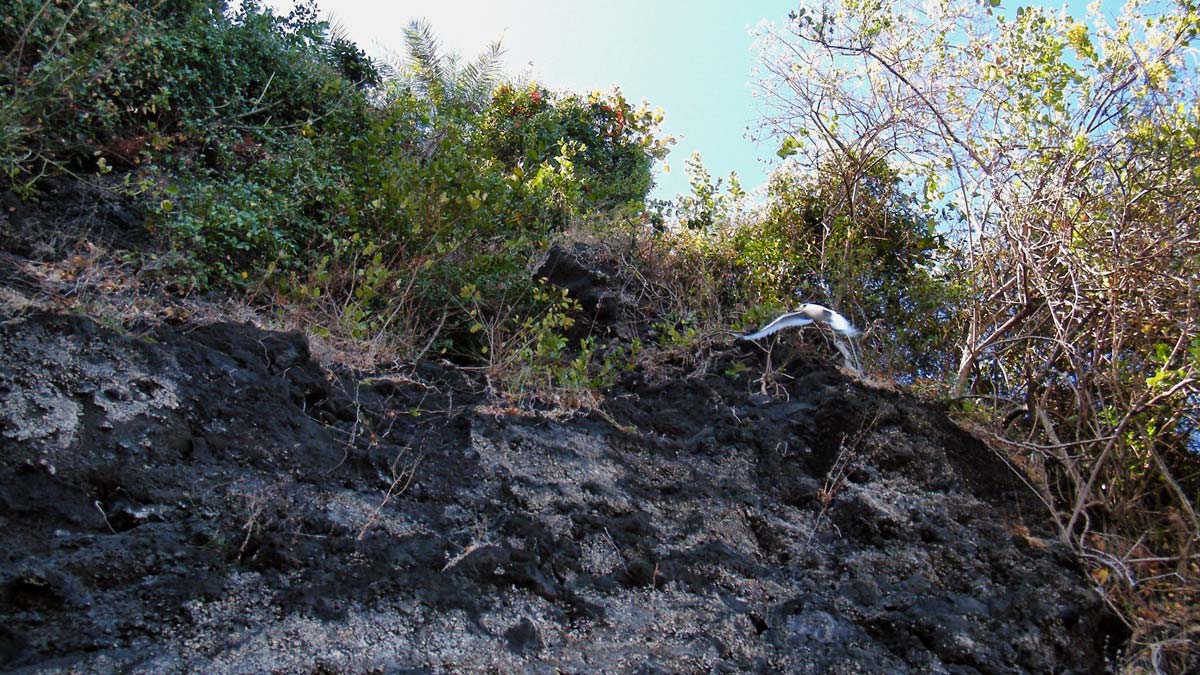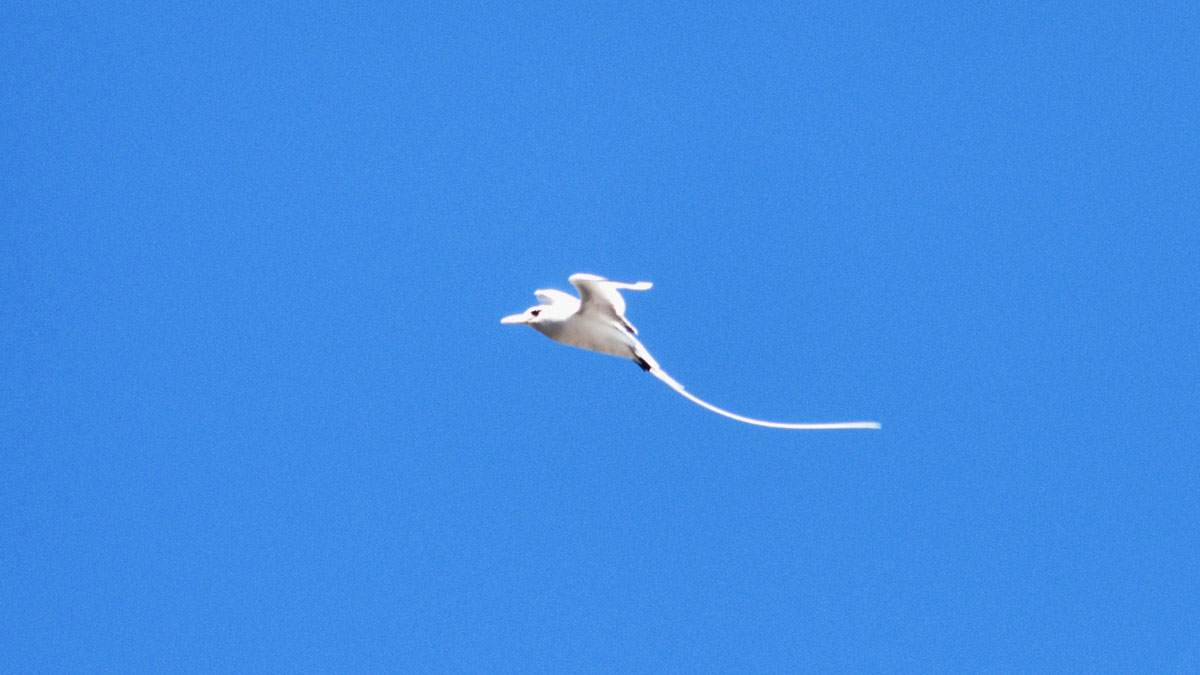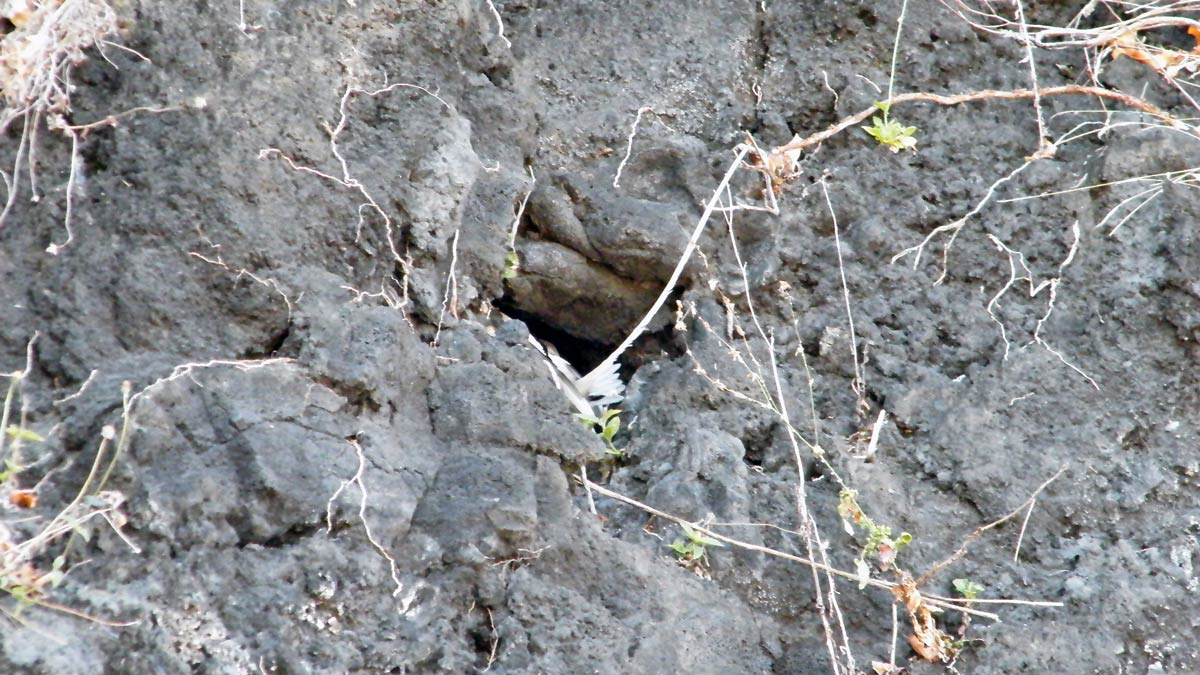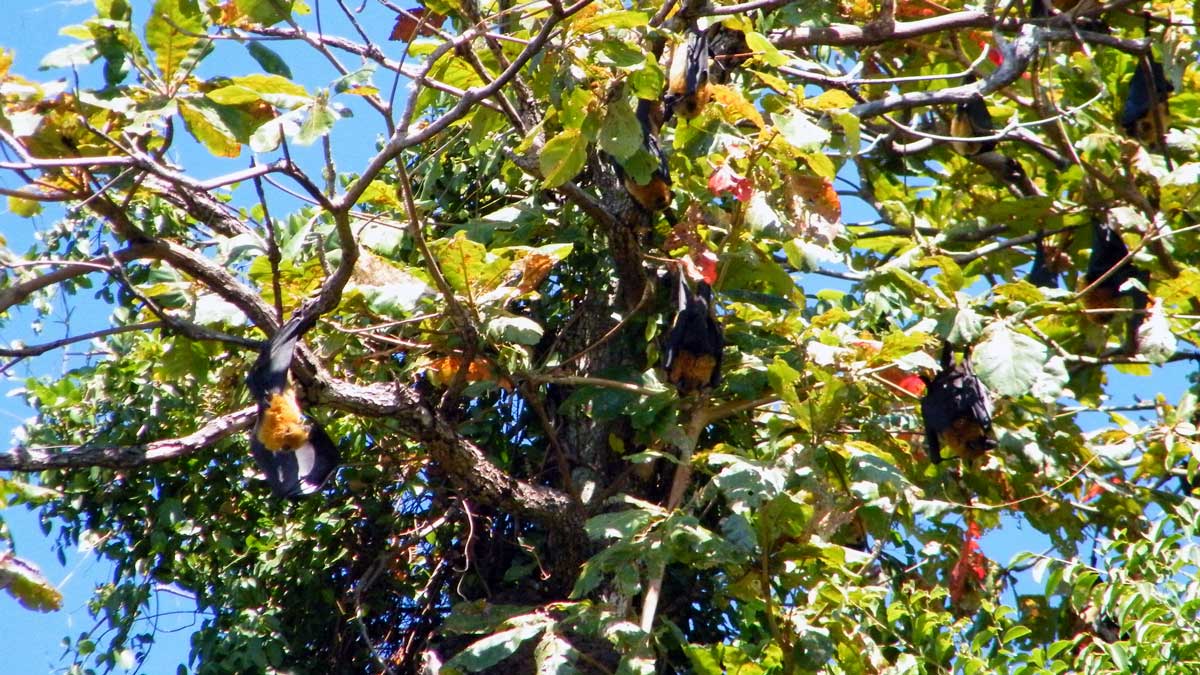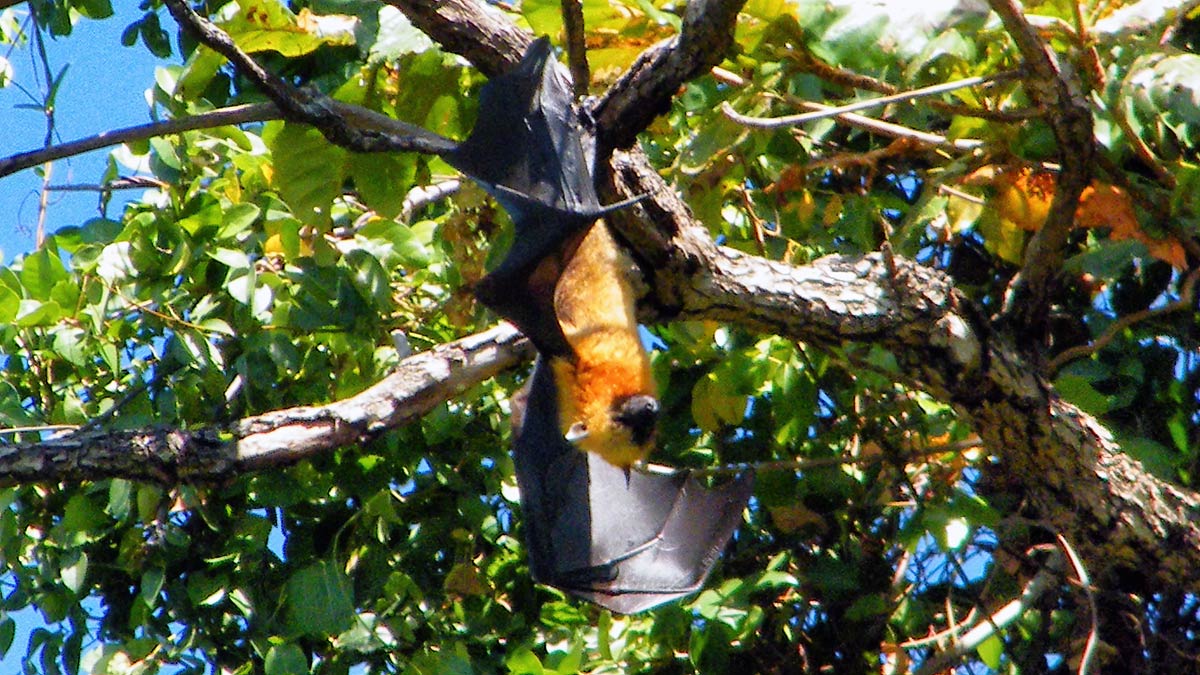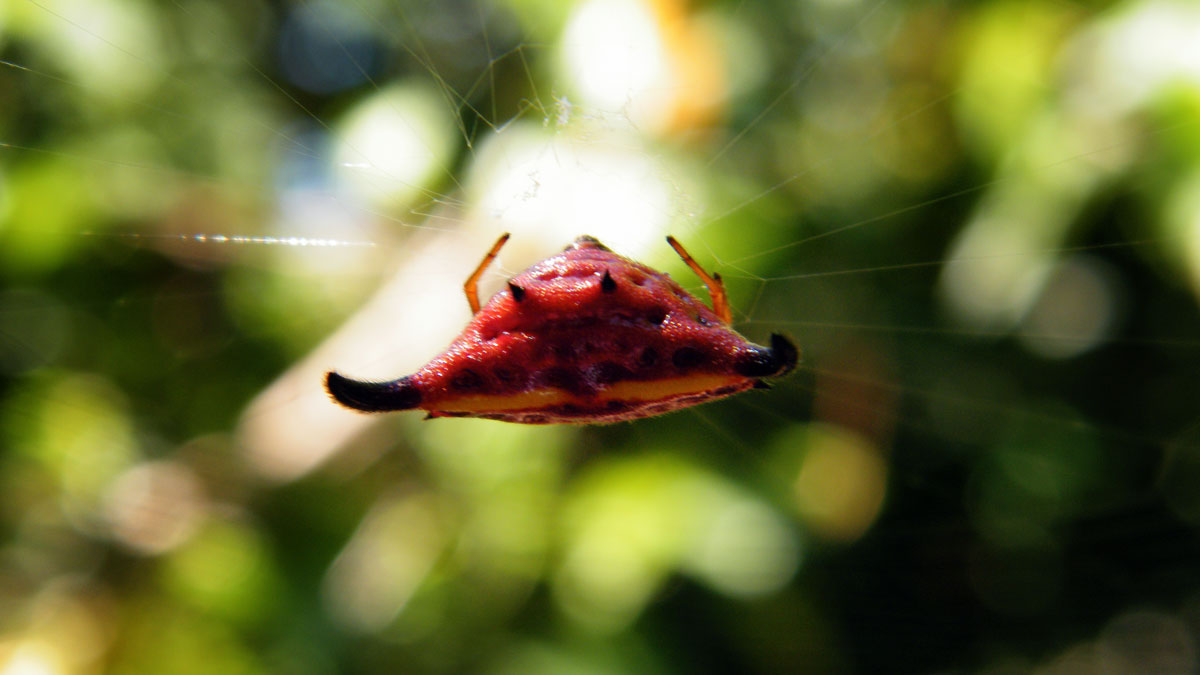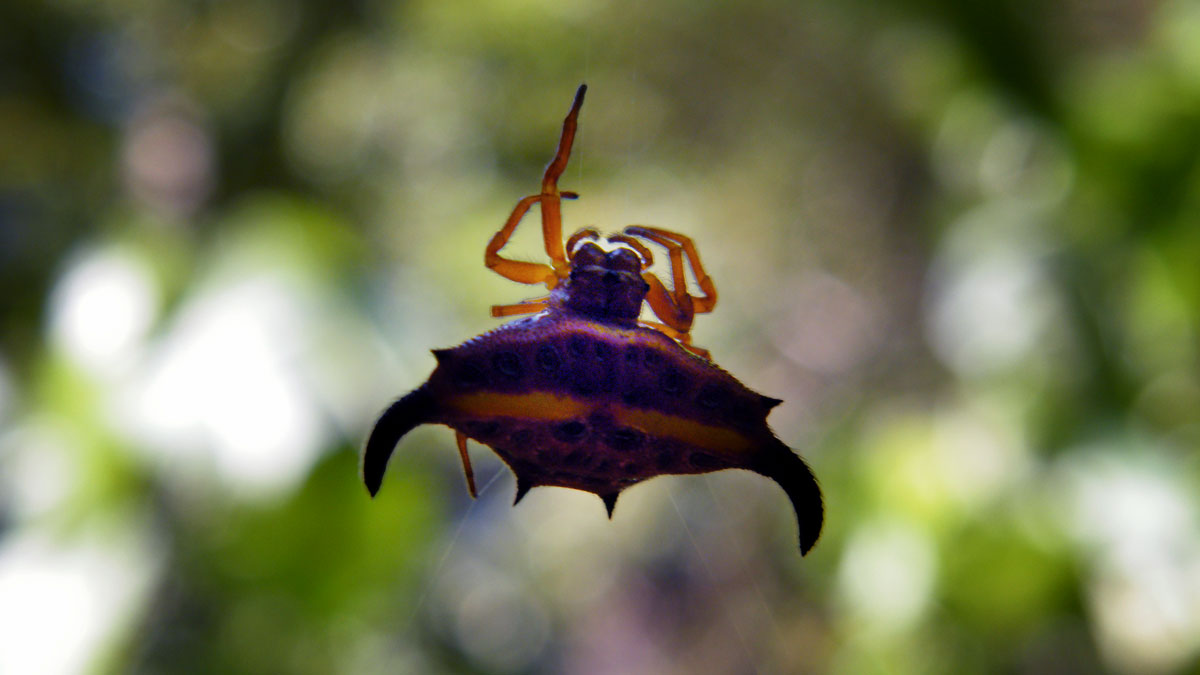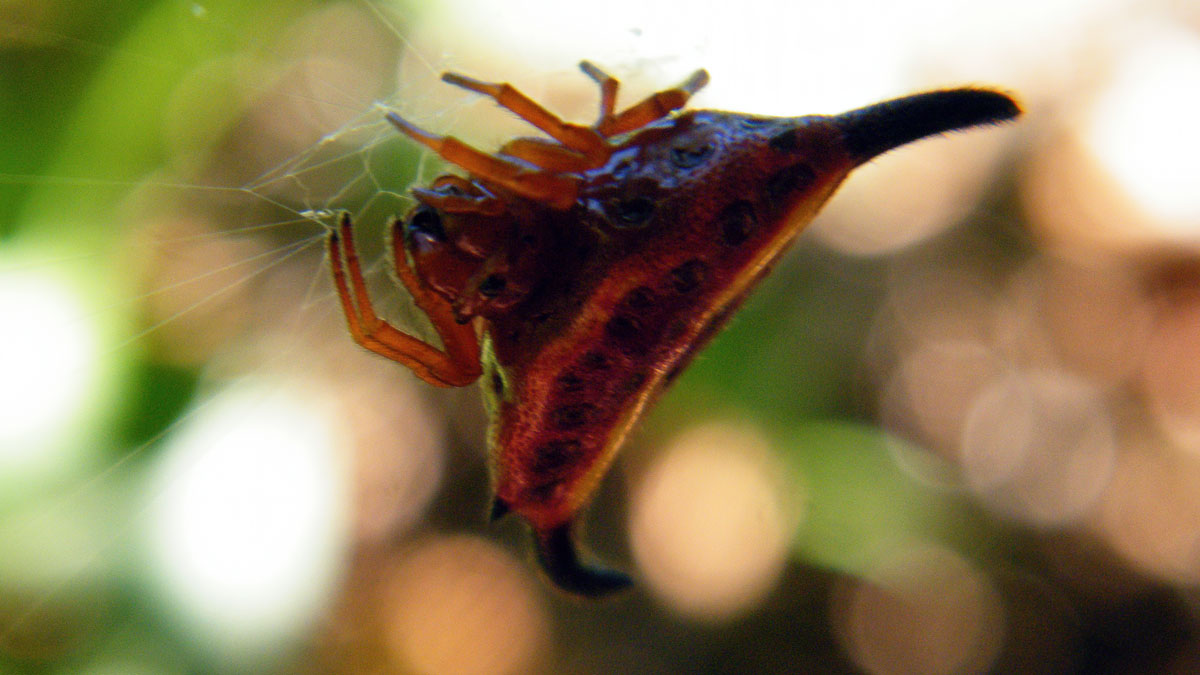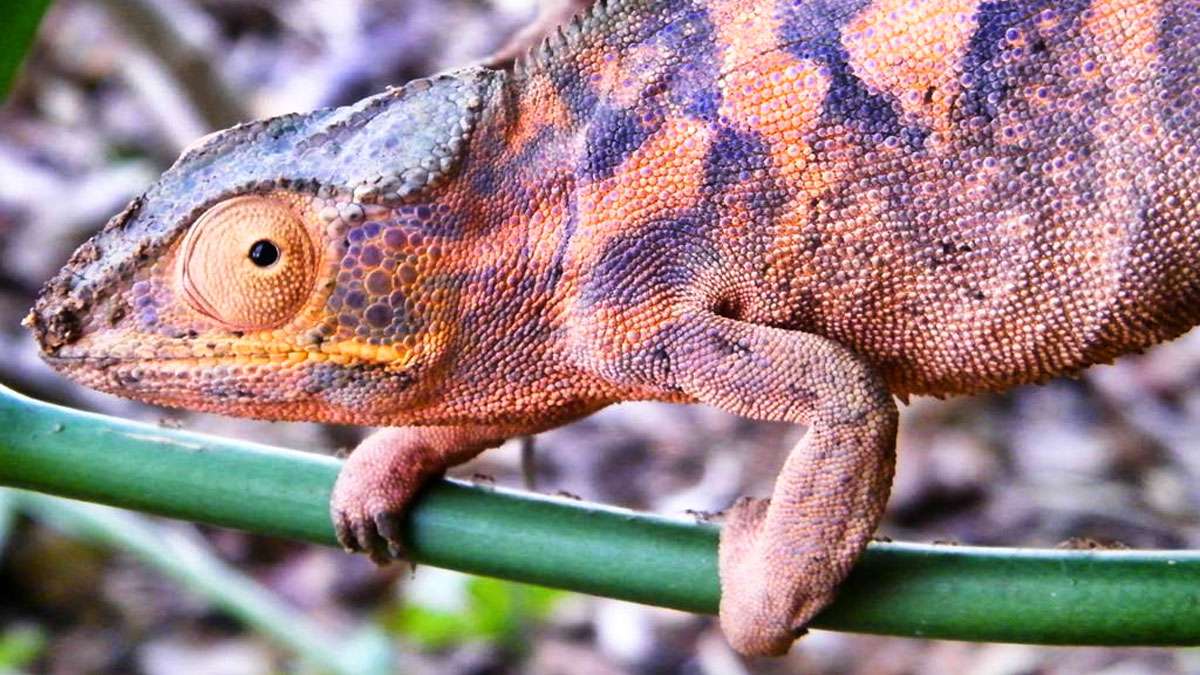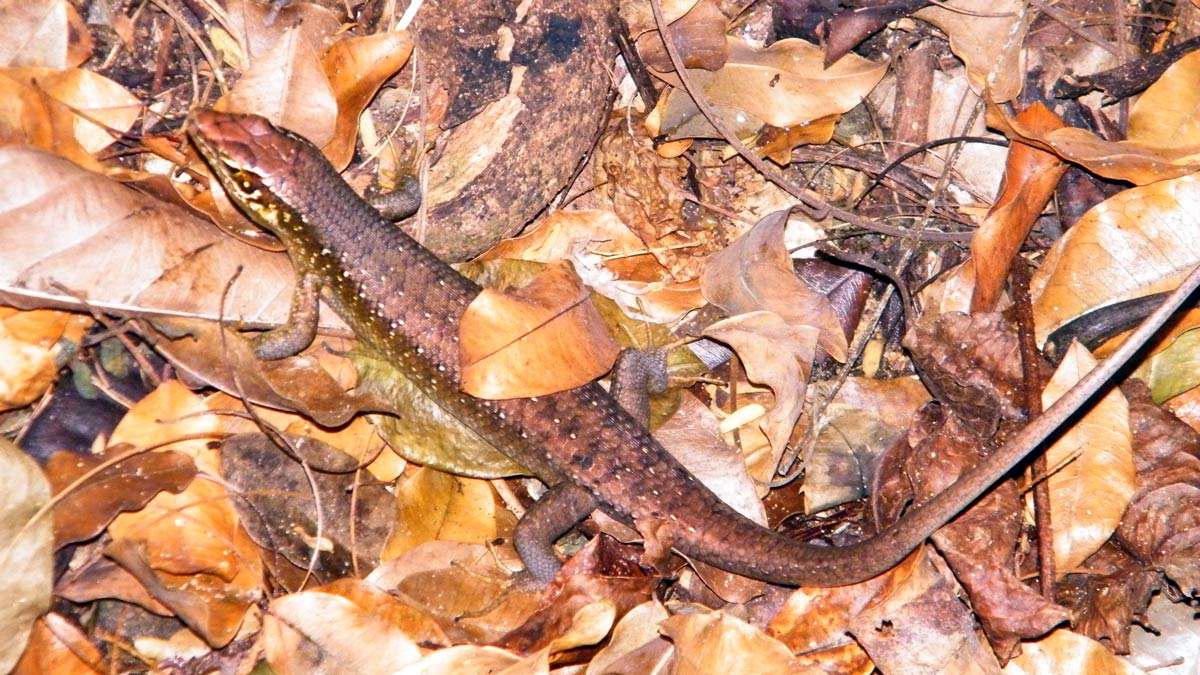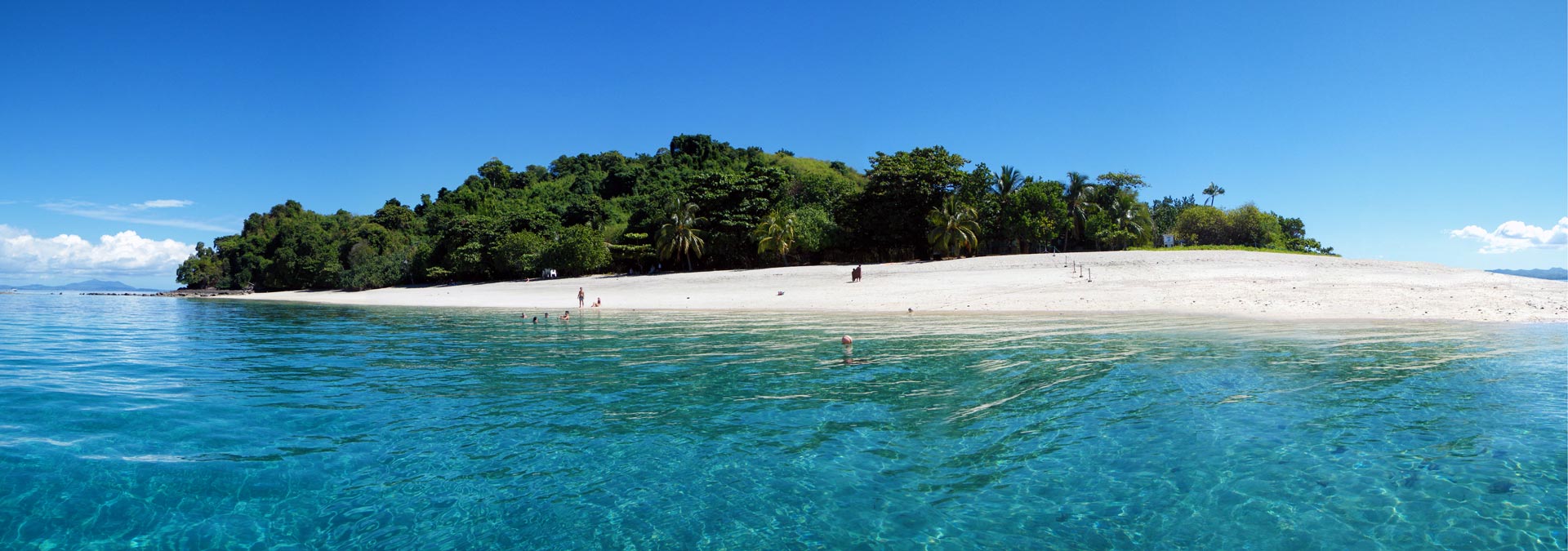
National marine parkNature reserve
Access to Nosy Tanikely is subject to a fee. Prices at 1st January 2024 are as follows:
- 40 000 ariary for adults (foreigners).
- 4 000 ariary for children (aged 6 to 12).
- Nationals: 5,000 ariary for adults and 1,000 ariary for children.
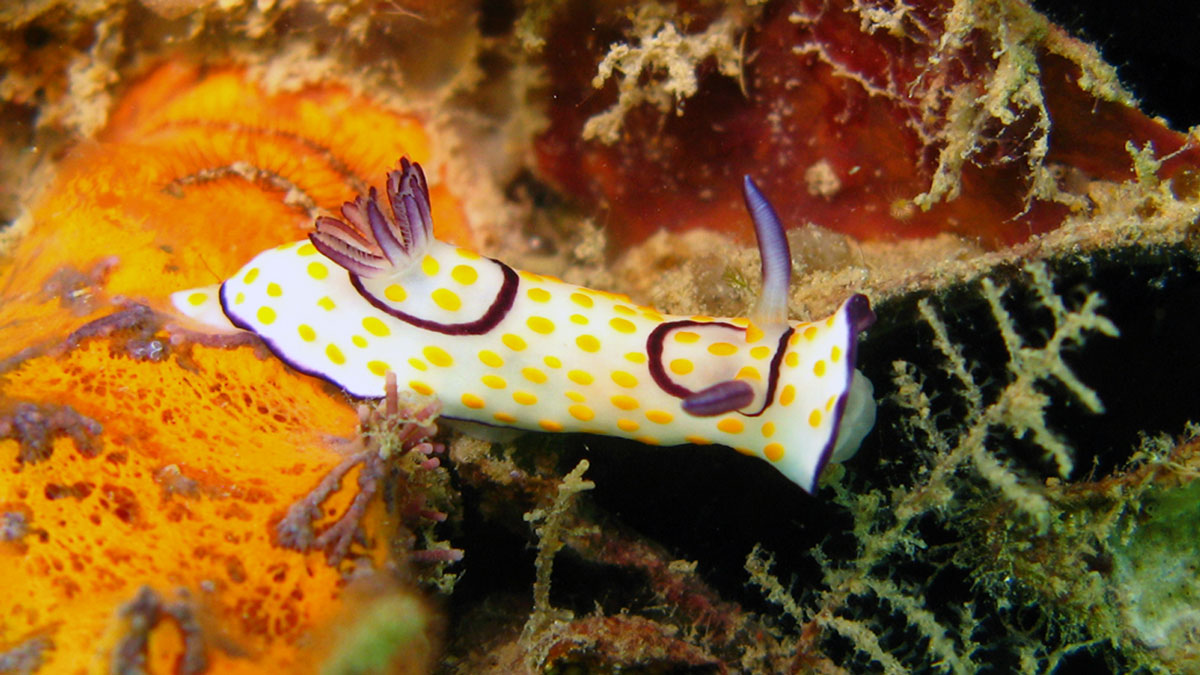
The Tanikely reef allows visitors to discover marine life with a mask and snorkel in just a few meters of water.
Opening hours
Visits to Tanikely National Marine Park are from 7:00 am to 4:00 pm every day of the week. Visitors can buy tickets at the reception desk on arrival on the island or at the park office in Nosy Be Hell Ville. Eight local staff from the “Tanikely National Park” association manage visitor reception and infrastructure.
The team in charge of fleet management is perfectly qualified to inform and advise you.
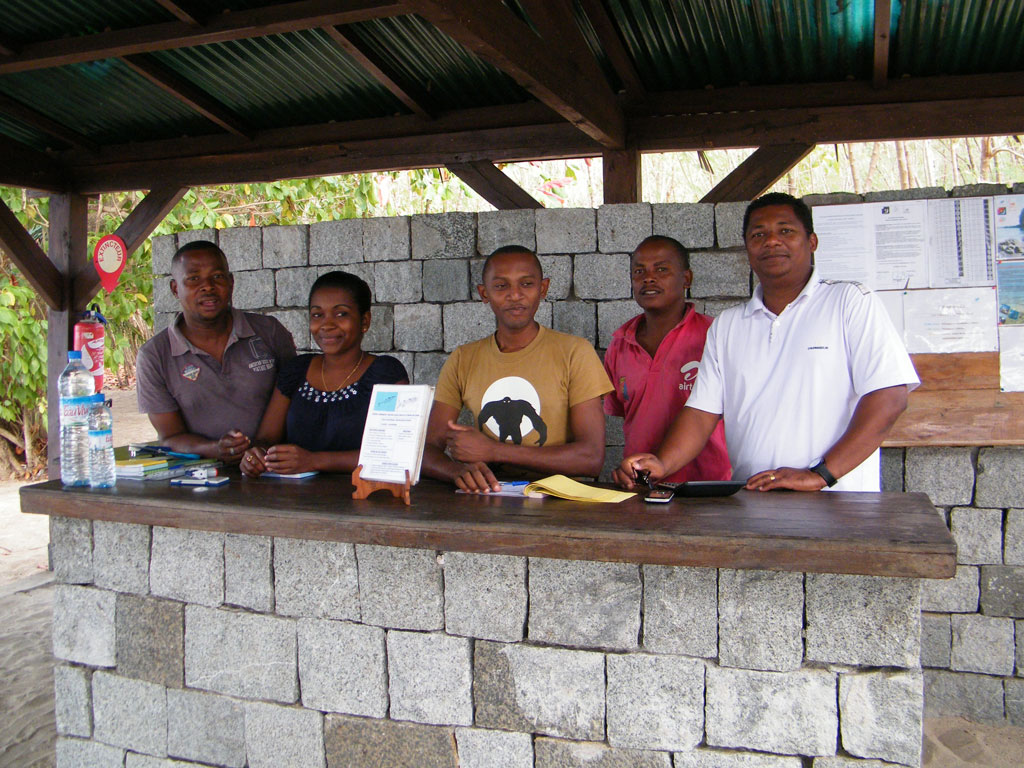
Rules
Man’s negative impact on animal and plant life must be zero or as low as possible.
Biodiversity needs to be preserved, even if tourism is present on the island. Visitors must be respectful of the reef, the species and the environment.
Fires are forbidden except in the picnic area, where you’ll find dedicated places (firewood is the responsibility of the cooks and must not be collected in the park).
To protect the environment, it is of course forbidden to touch animals on land or in the water.
It is also forbidden to remove plants, algae, shells, coral, etc…
Signs have been installed to protect certain areas of the park, and to inform visitors of the limits of authorized zones.
Fish and coralReef fauna
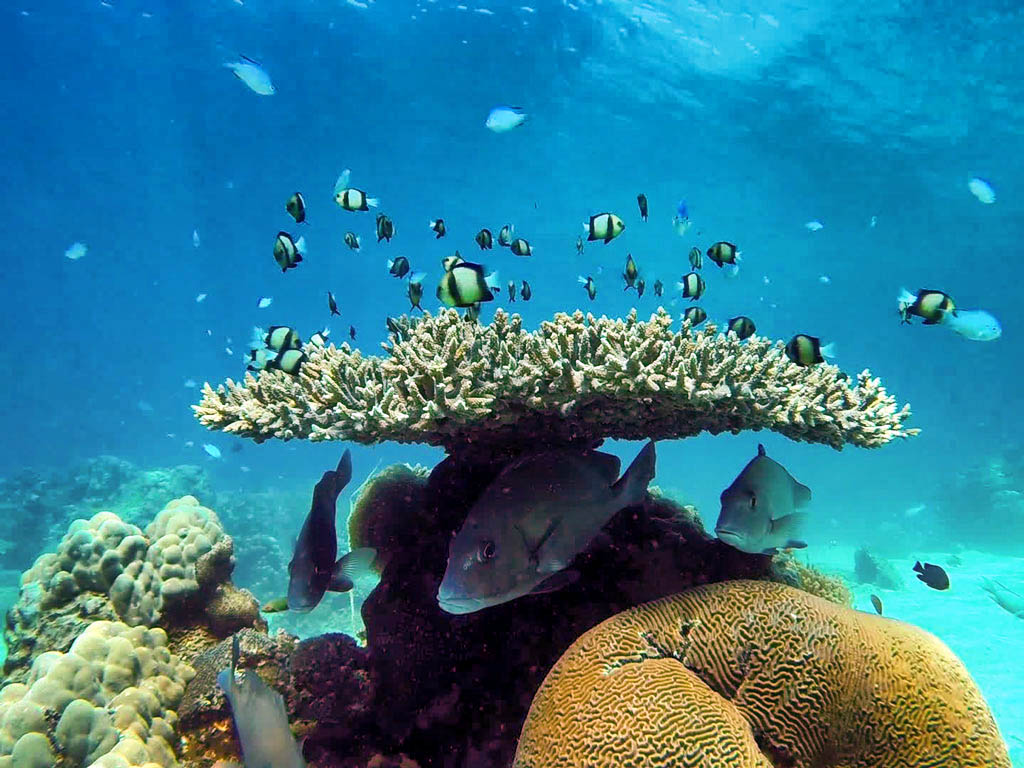
Species:
The status of marine protected area allows to observe species benefiting from the protection of their habitat such as snappers, groupers, lobsters, moray eels, anemones, sponges…
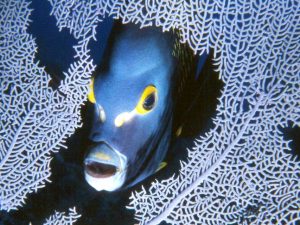
Poisson ange
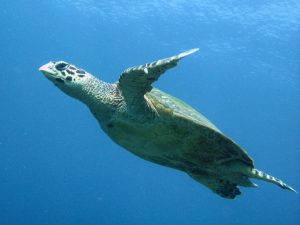
tortue-imbriquee-bec-oiseau
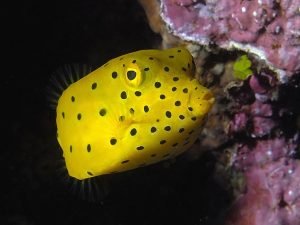
Poisson coffre
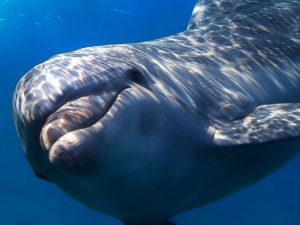
Dauphin
Nudibranch
These gastropods, also known as “sea slugs”, although small in size, can be spotted by their bright and varied colors.
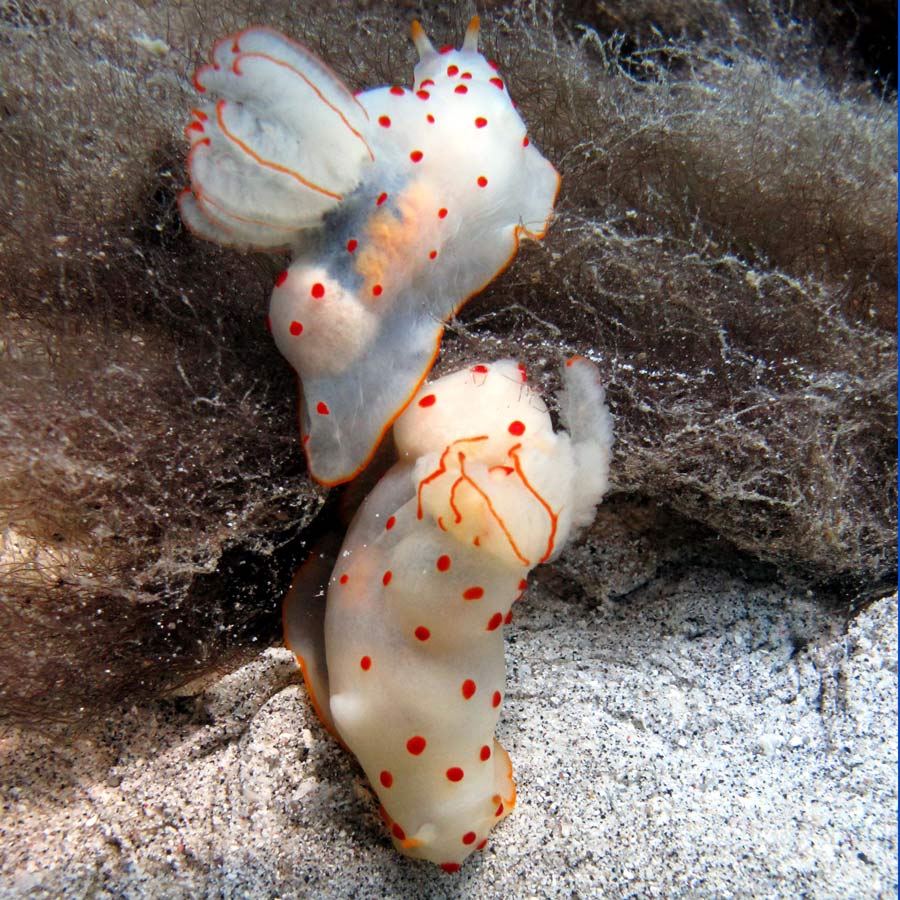
The crocodile fish
This fish is only found in the Indian Ocean. It slides under the sand and waits patiently for its prey.
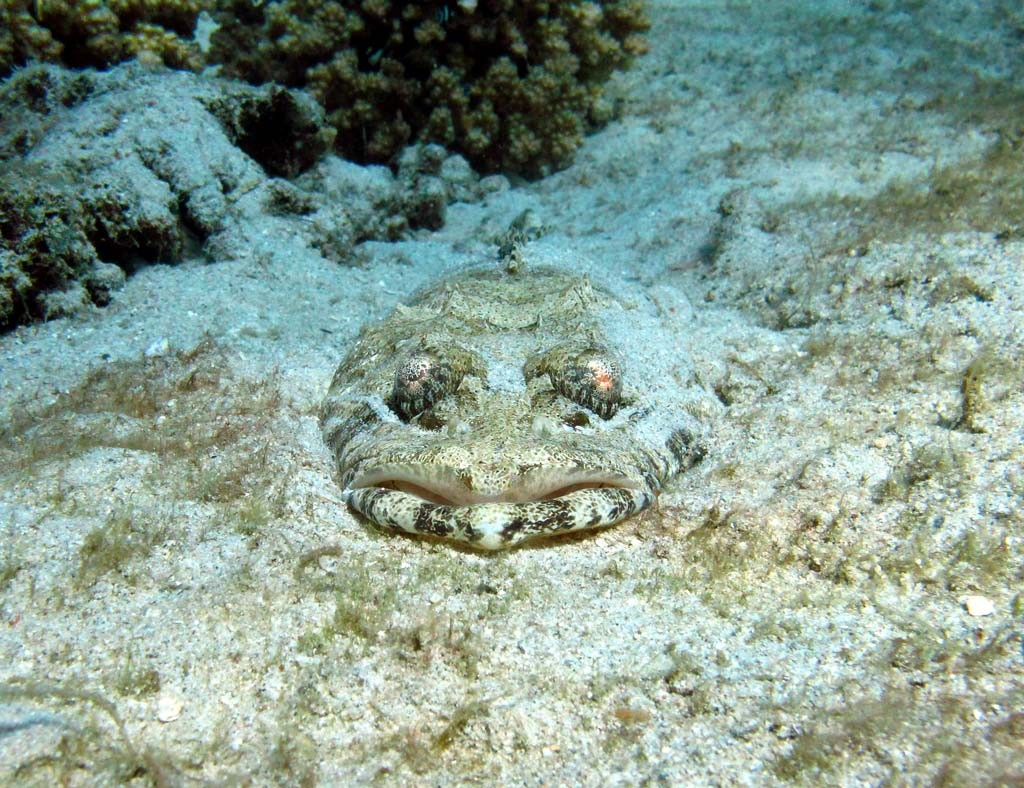
Antennairius
The frogfish is a master of mimicry. It merges with the reef. It’s not always easy to spot on a dive.
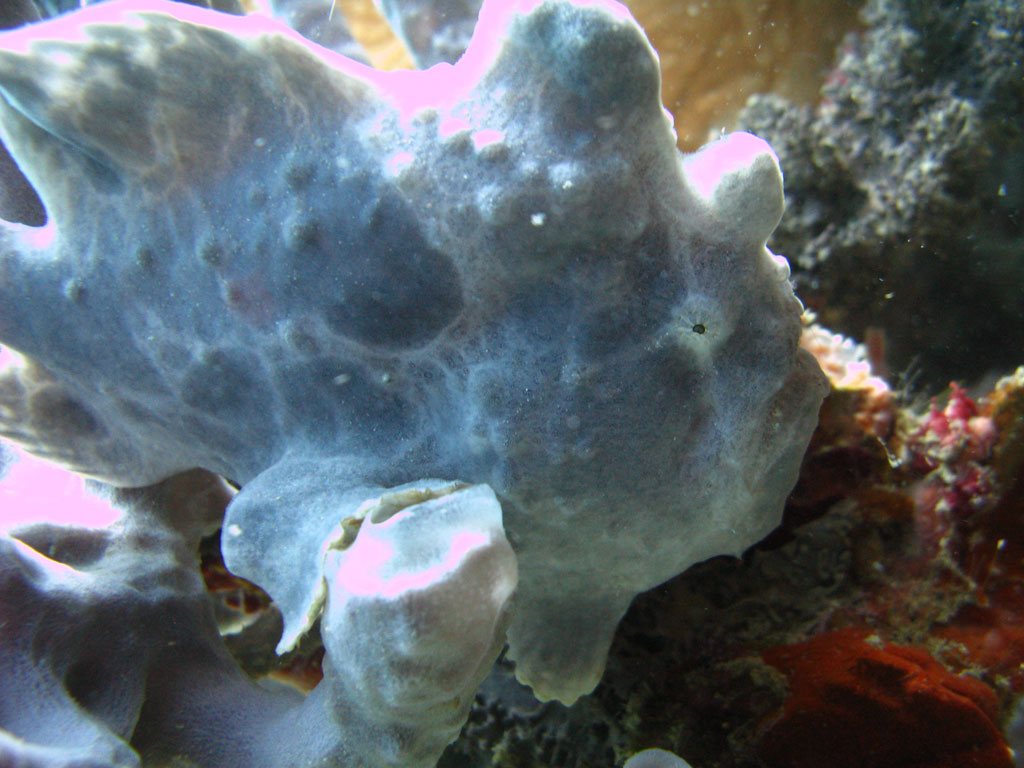
Sea turtles
Two turtles are present in the reserve: the green turtle and the hawksbill turtle.
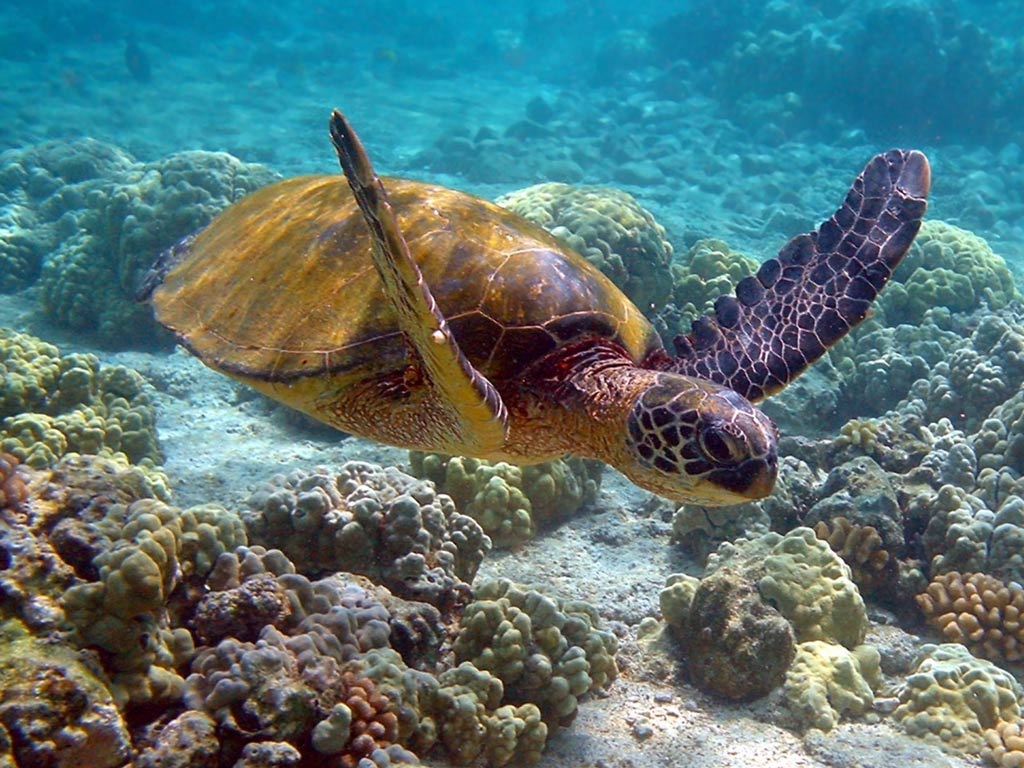
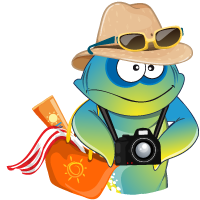
Animals on land
The terrestrial fauna pales in comparison to the astonishing marine biodiversity, but you’ll be able to observe and photograph the following animals, among others:
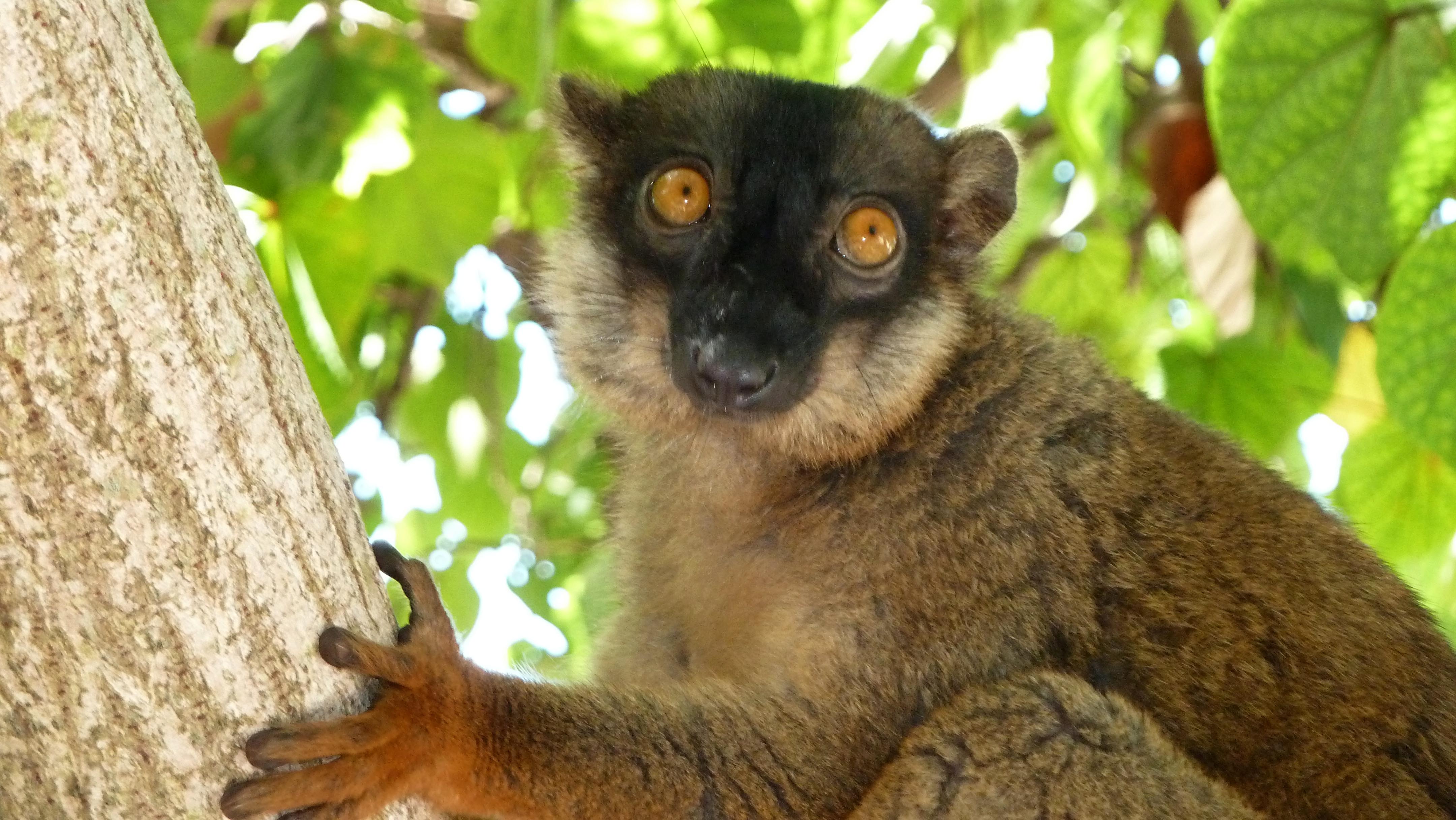
Lemurs: the brown lemur and the macaco lemur:
The brown lemur is the fauve maki, fulvus. The macaco lemur is the maki macaco. These 2 species of lemur are quite closely related and can cohabit without any problems. They eat fruit, leaves and sometimes insects.
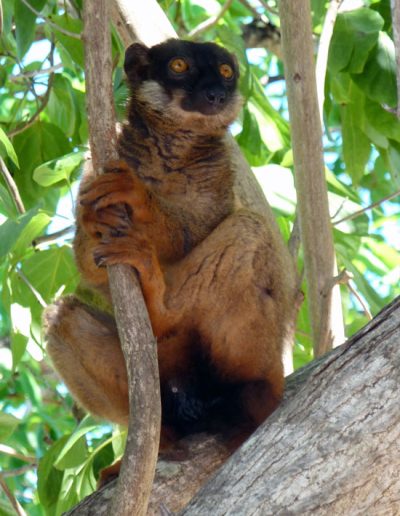
Lemur brun
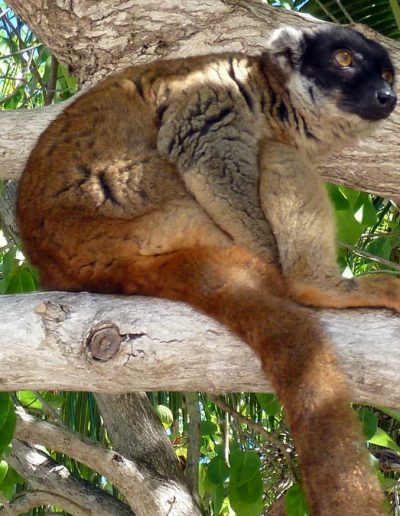
Maki-fauve
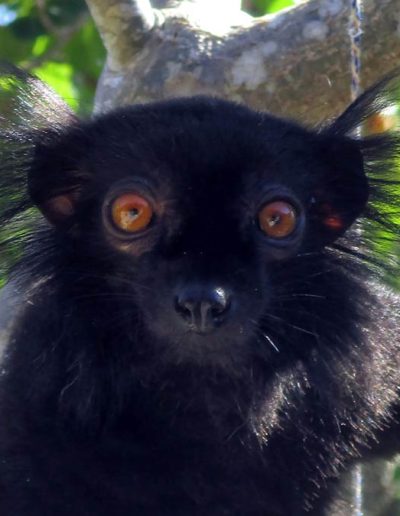
Maki macaco mâle
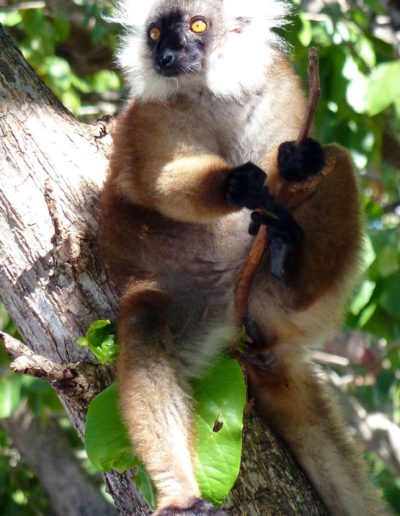
Eulemur macaco
The straw-tail
The Yellow-billed Phaeton measures between 30 and 40 cm, its tail is made up of 2 long feathers, and it feeds on fish. Its nest is usually in the middle of a cliff.
The giant Madagascar fruit bat
Bat of the Chiroptera order. With their heads down, they wrap their large wings around themselves for protection and warmth. In Madagascar, bat meat is eaten by some of the population.
Taurus spider
So called because it has small black hairy horns on its back.
It is yellow or red in color and measures about 2 centimeters. This small spider is very common in the Nosy Be region.
Reptiles
The chameleon that manages to blend into its natural environment moves very slowly from shrub to shrub. Trachylepis lizards are fairly numerous on the island. They hide under the leaves and can easily be spotted along the path leading to the lighthouse.
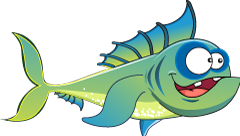
Marine lifeAround Tanikely
The island’s location means that, depending on the season, other, more imposing species can be seen in the surrounding area.
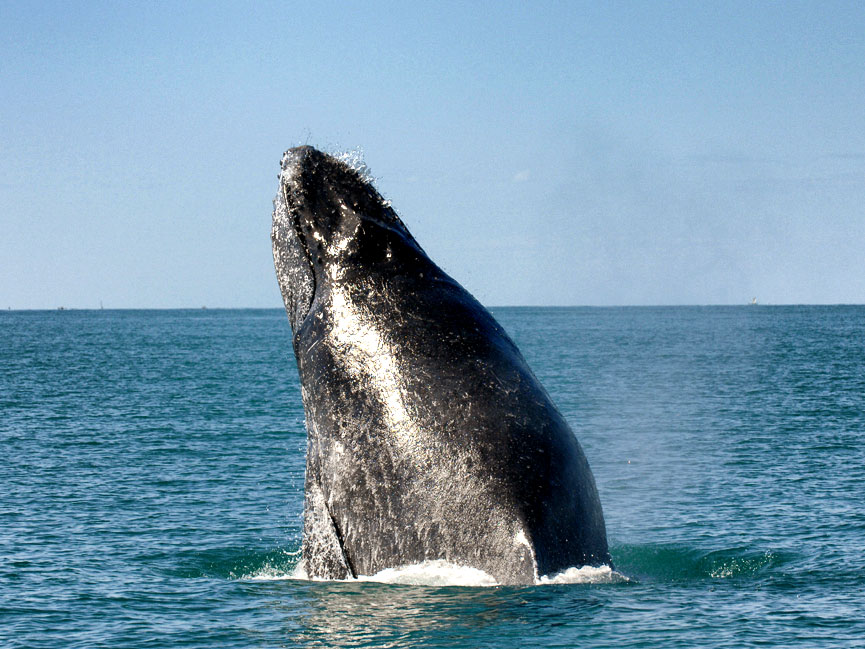
Humpback whale
Whales can be seen in Nosy Be, Sainte-Marie, Tuléar and Fort Dauphin in almost every coastal area of the island. From July to October/November, humpback whales breed in Madagascar.
They pass through the waters off Nosy Be, often staying to look after their calves before setting off on their long journey to the cold waters.
Humpback whales generally measure between 12m and 15m, and like to make a spectacle of themselves by leaping out of the water.
They strike the surface of the water with their immense pectoral fins.
From their blowholes, humpback whales blow air that can rise several meters. Paying close attention to the whale’s blow is the most obvious way to find them when you’re out at sea.
It is imperative to avoid disturbing the whales, and there are rules to be respected when observing them: approach distance, limited number of boats, etc…
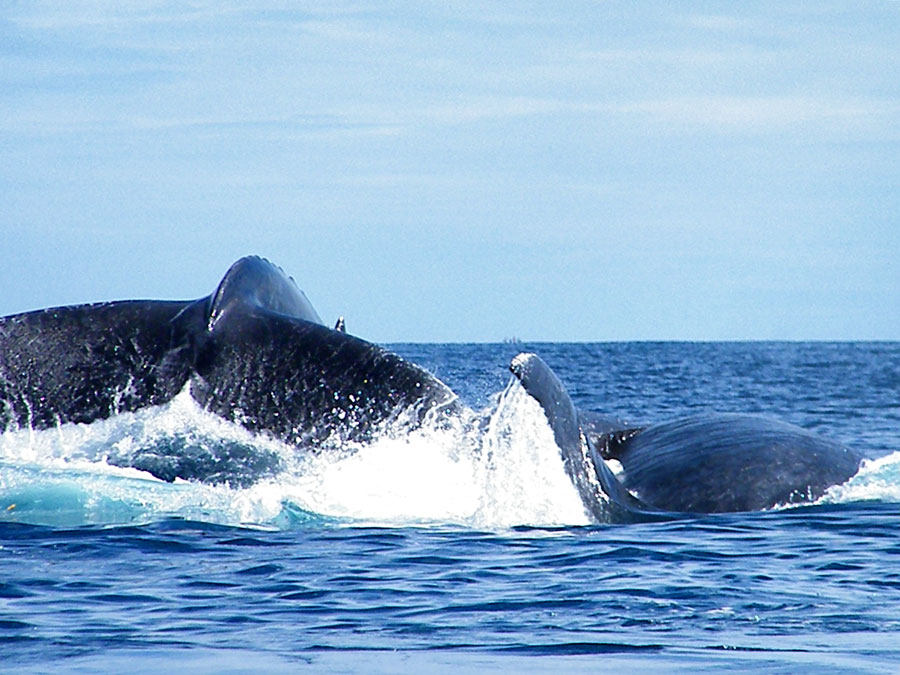
2 baleines à bosse
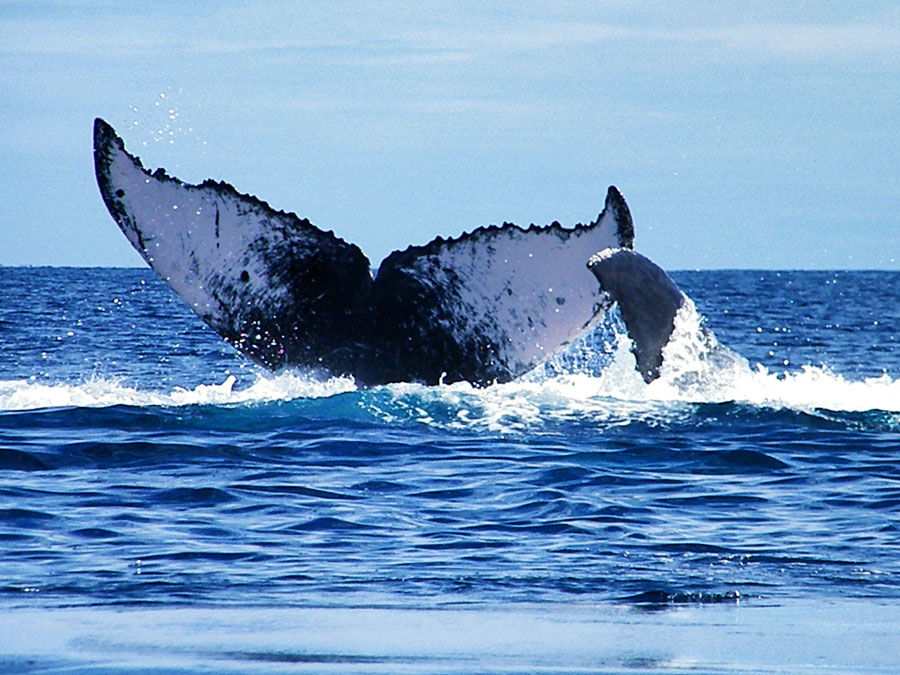
Caudale
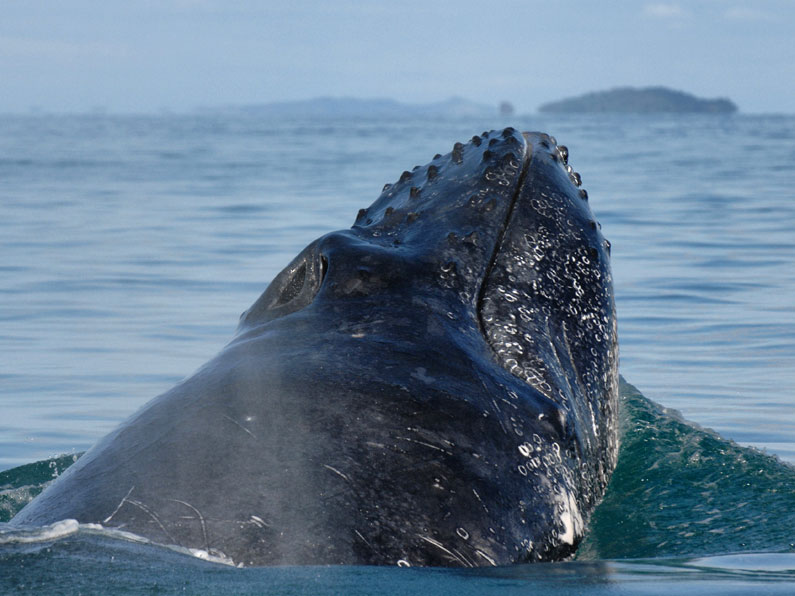
Event
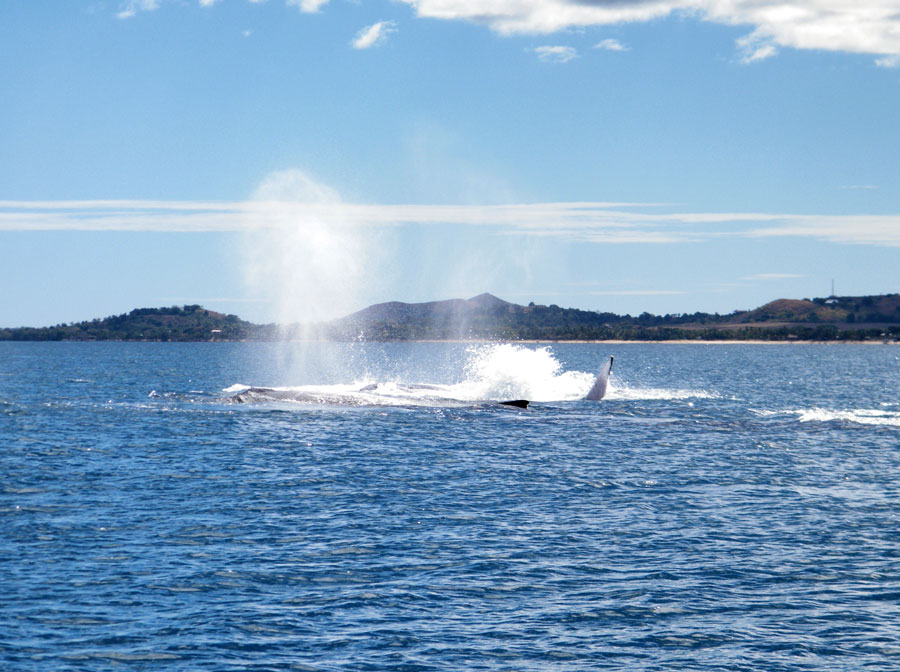
Souffles
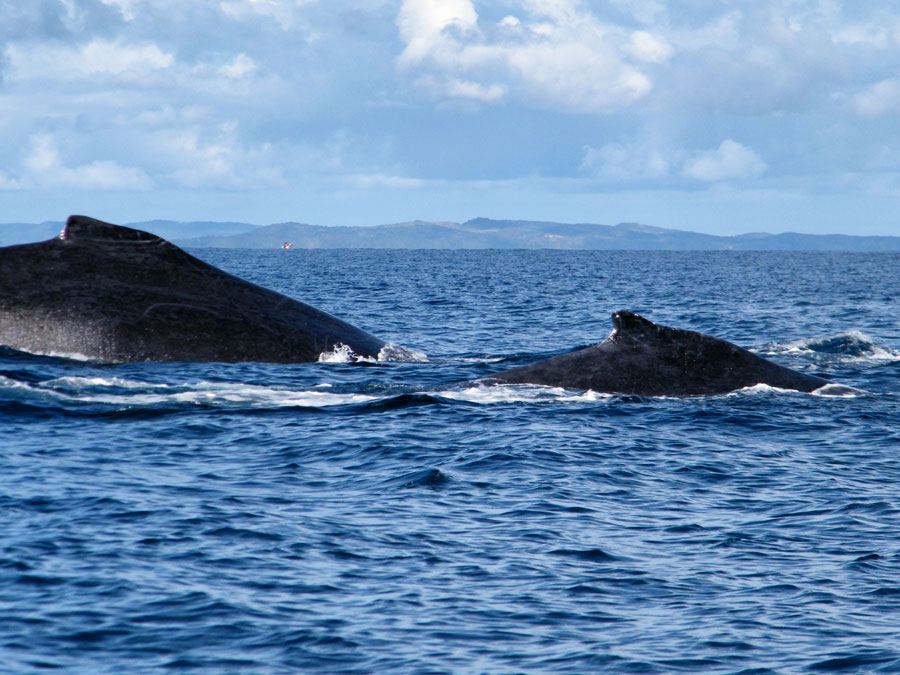
Dorsales
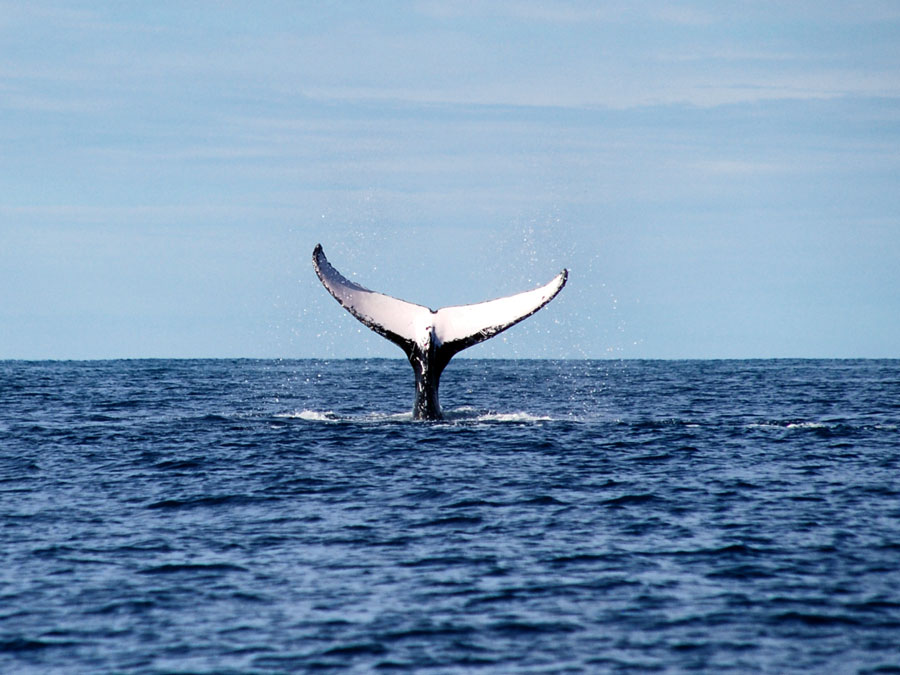
Caudale
Whale shark
From September to December, whale sharks are in Nosy Be bay. The whale shark is the largest fish in the world.
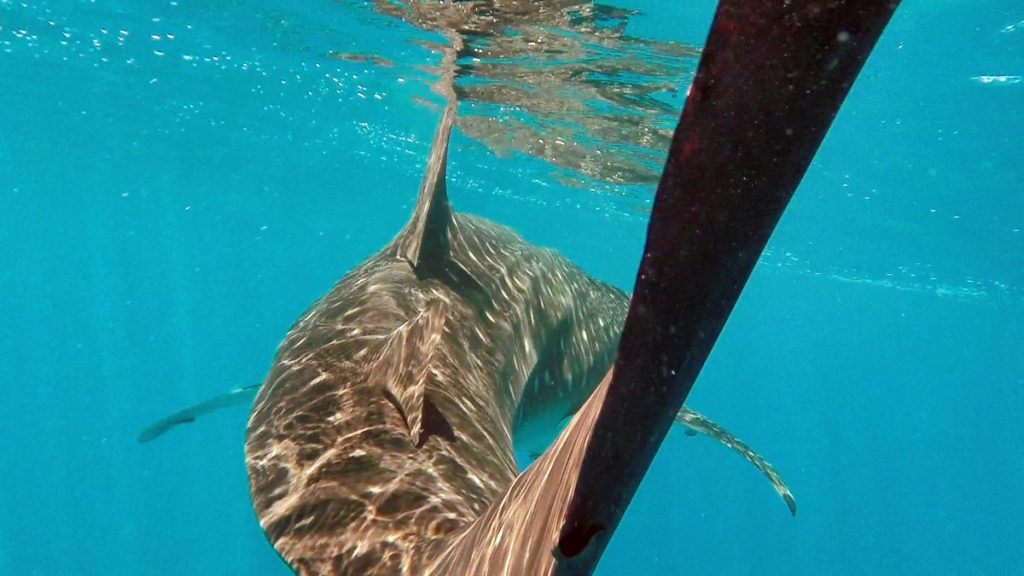
Nageoires
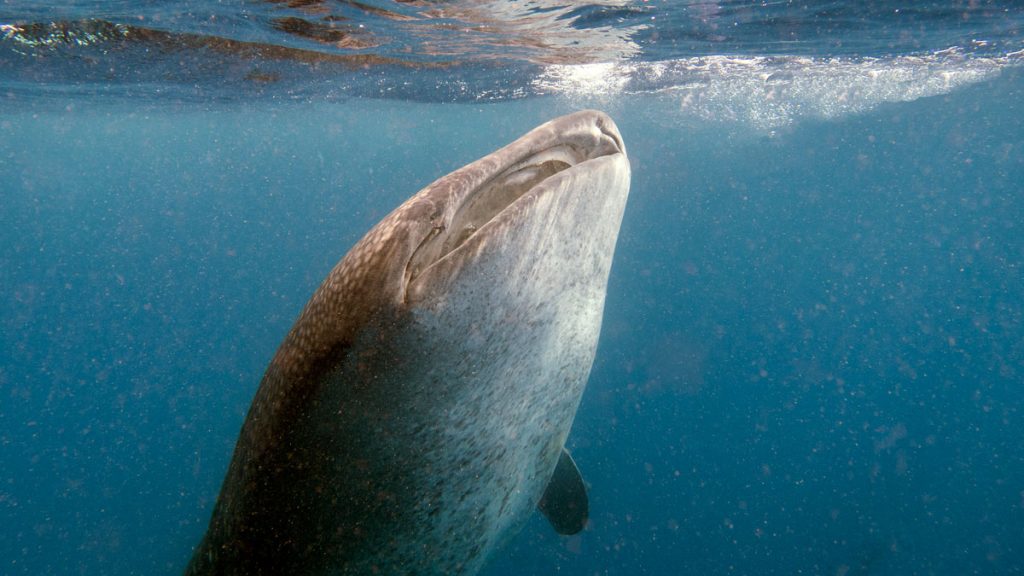
Gueule ouverte
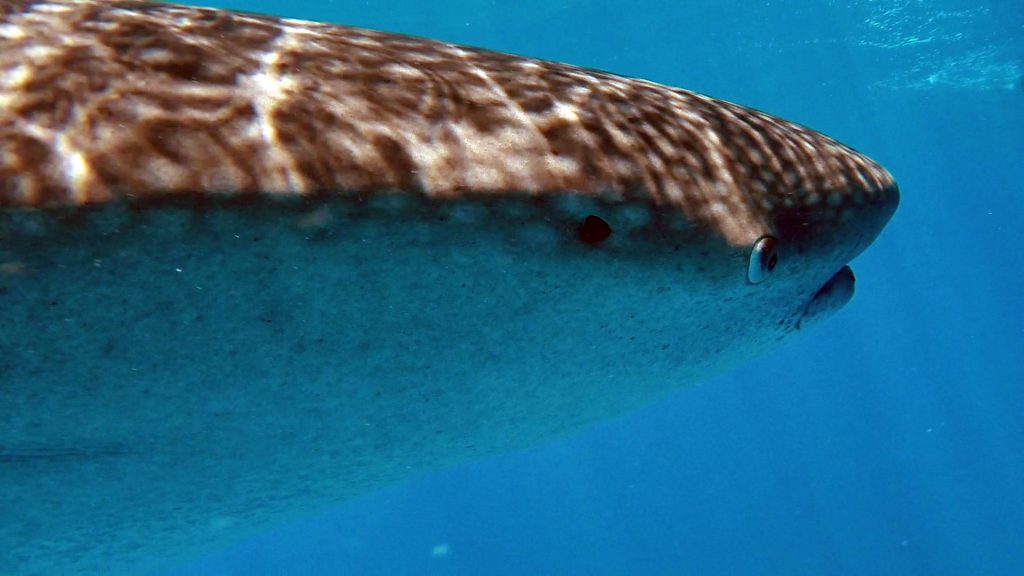
Tête et oeil
False orca or Pseudorca
Pseudorca (Pseudorca crassidens) are toothed cetaceans, with adults measuring from 4m to 6m.
They feed on squid, fish and other marine mammals.
They generally live in groups.
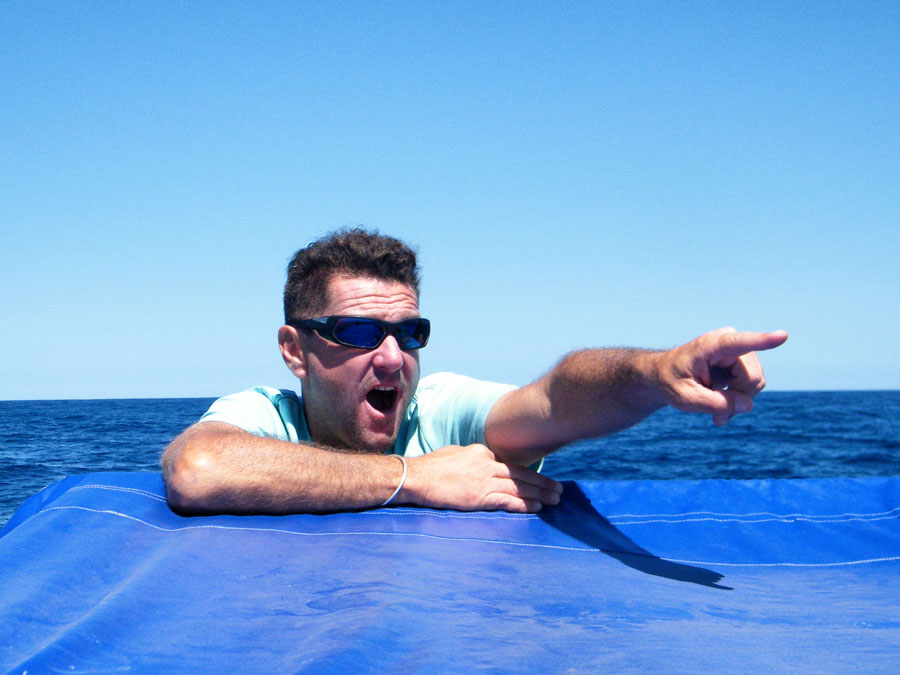
Tony Safari Baleine
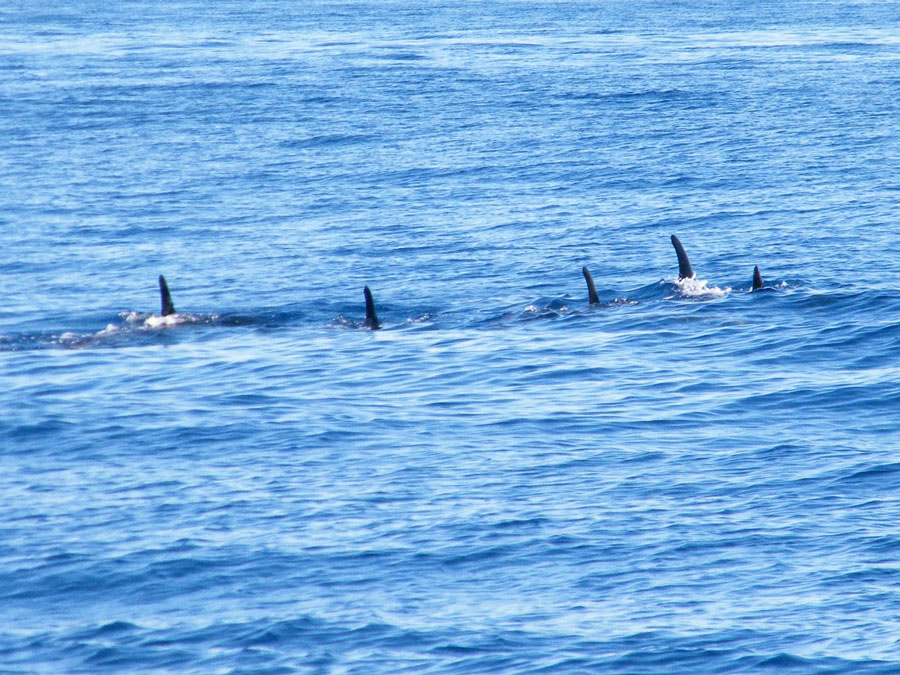
Groupe de pseudorques
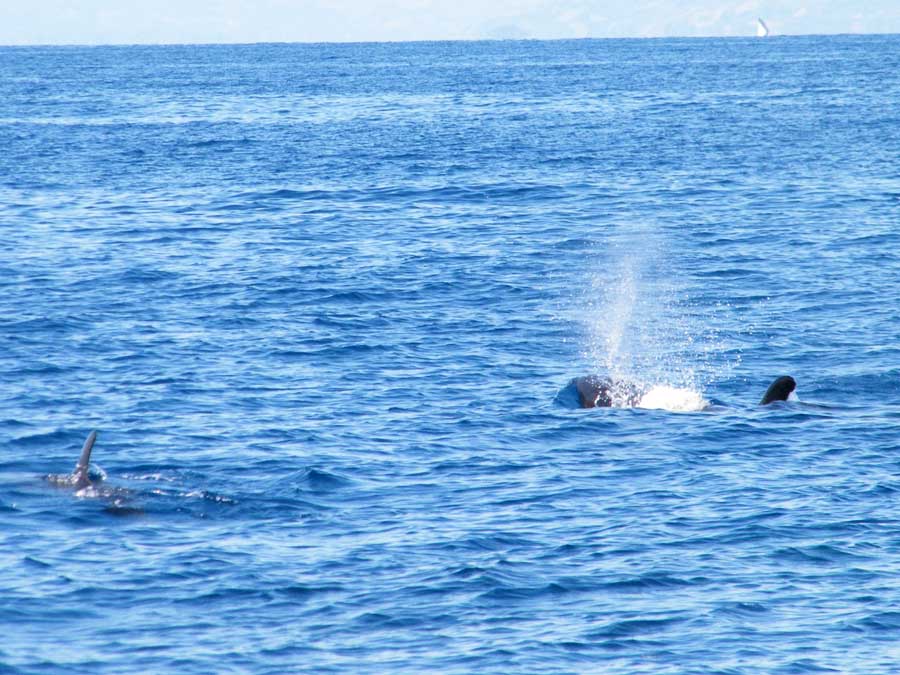
Souffle
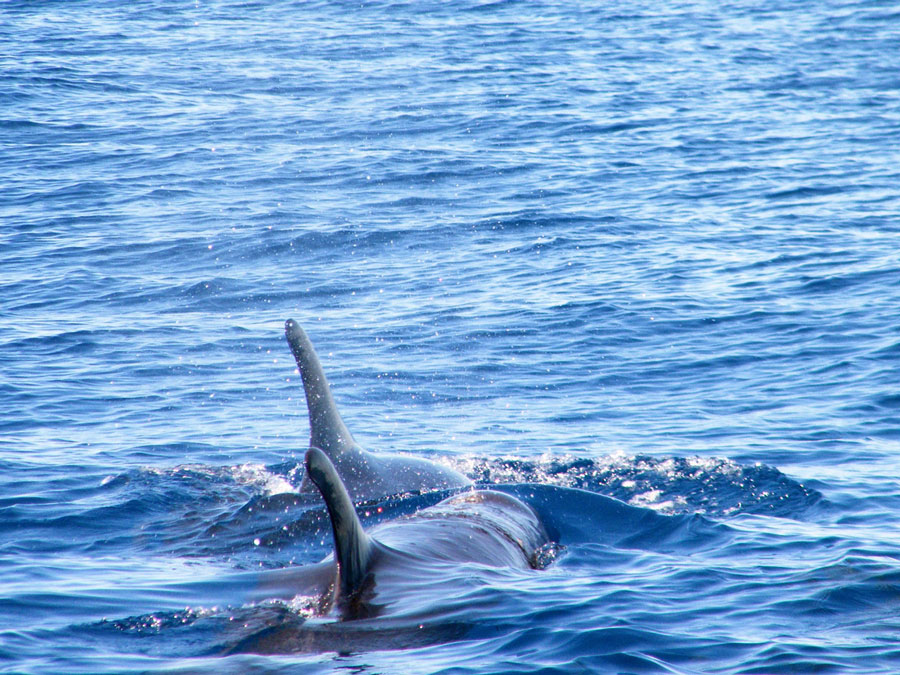
Dorsales
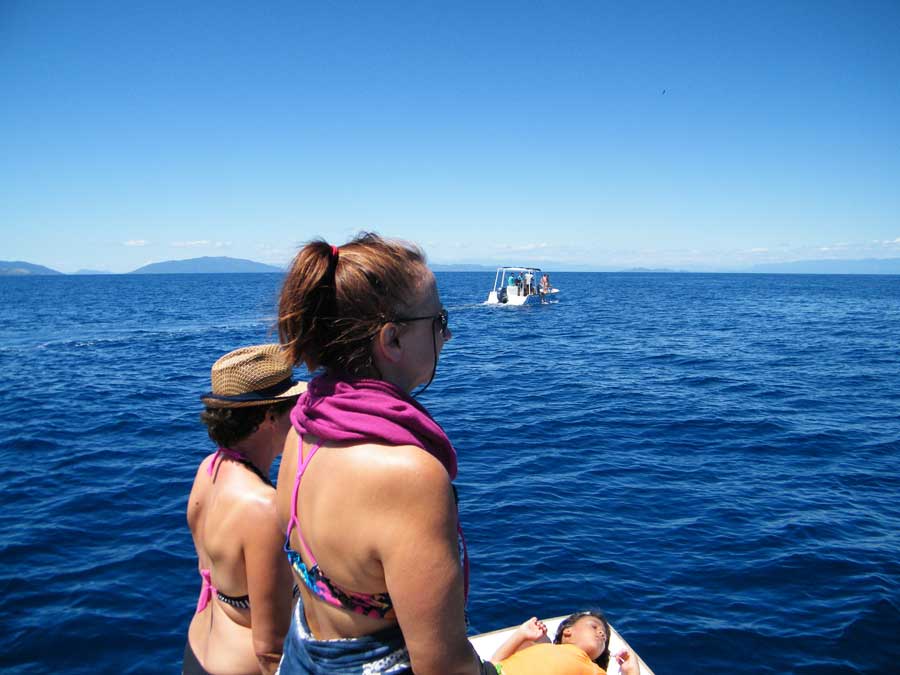
Observation
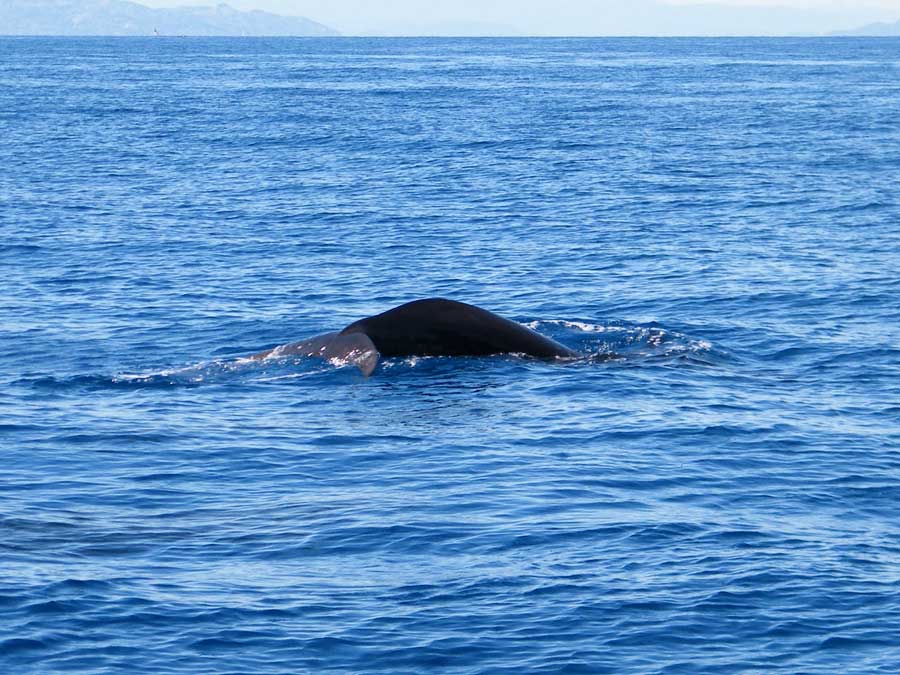
Caudale
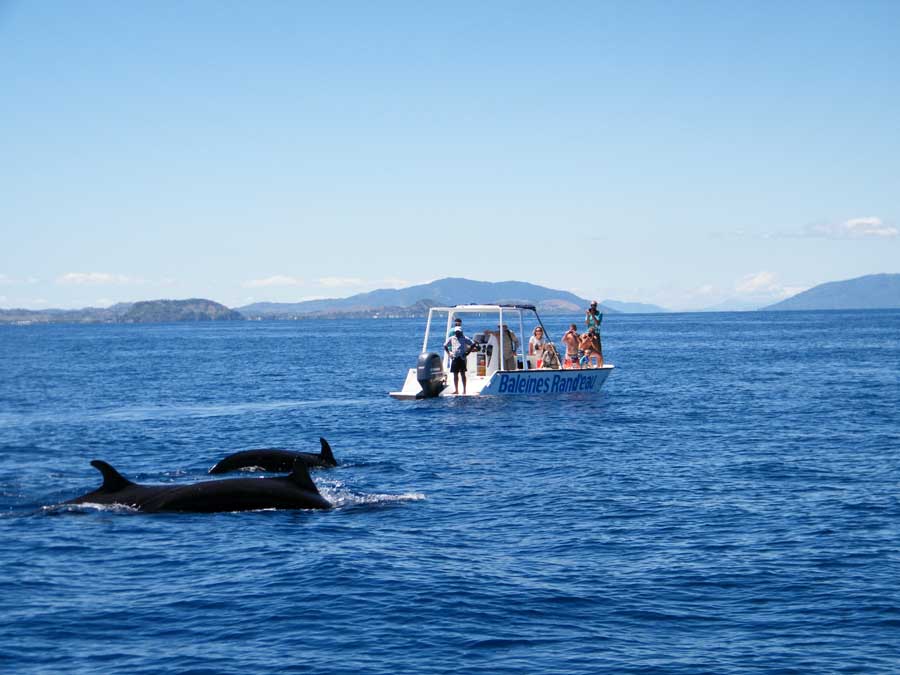
Dorsales
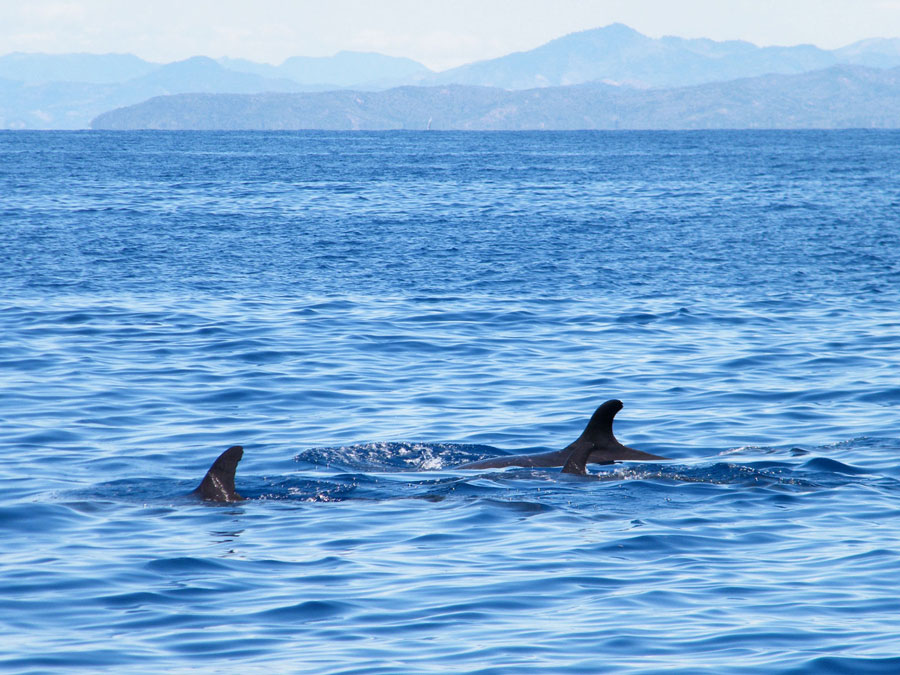
fausse-orque
